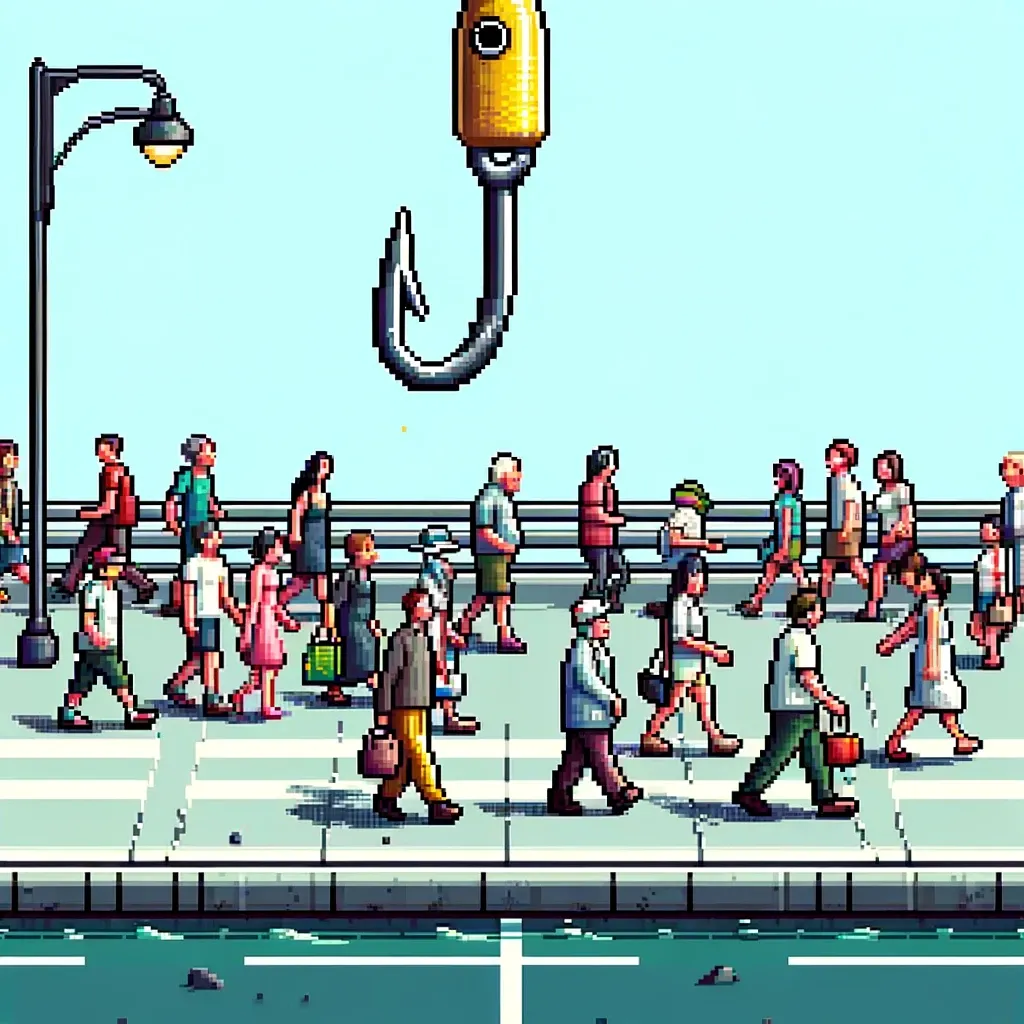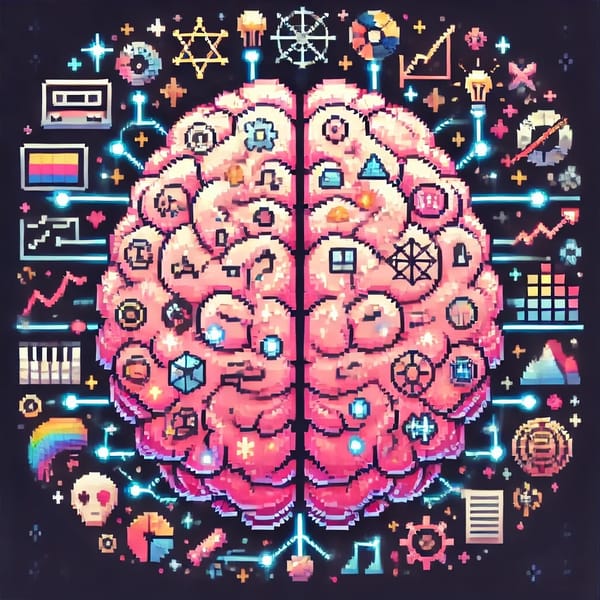Hidden Hooks

Lately, I have read about user interface/product design for software. I have read the two books Don't Make Me Think by Steve Krug and Hooked by Nir Eyal (who also wrote Indistractable, which I previously discussed). The first is more tactical, while the second focuses more on product philosophy.
Don't Make Me Think is precisely what you would expect. It walks you through the principles of designing websites and mobile applications that make it as easy as possible for users to interact with the interface.
Hooked breaks this down further in the chapter about Actions, saying there are six elements of simplicity:
- Time - How long does it take?
- Money - What is the fiscal cost?
- Physical Effort - How much physical movement or labor is needed?
- Brain Cycles - Will you have to focus? How much mental effort is required?
- Social Deviance - How acceptable is this behavior?
- Non-Routine - How much is the usual routine disturbed by the action?
People are much more likely to do things that are easy and optimized for their desires than when they are not. This fits the mold I discussed in The Low-Friction Life.
One thing, now that I read Hooked, I was naïve to before is we don't use these products because they are easy and then coincidentally get emotionally tied up in them: that is the goal from the start.
The subtitle of Hooked is "How to Build Habit Forming Products". Early on, the book distinguishes between vitamins and painkillers. Painkillers solve an immediate and obvious need, while vitamins require a more emotion-driven long-term plea for people to take them seriously. For this reason, painkillers are way easier to sell than vitamins.
Another fundamental premise of the book is that all habits are based on relieving some sort of discomfort. You may see where the book goes next. If you want to sell a "vitamin", you must be able to manipulate the users’ emotions so they feel discomfort when they don't use your product. Latch on to a negative emotion and present your product as the solution.
I am closely acquainted with that itch of slight boredom that leads to compulsively pulling out my phone to check Hacker News, Techmeme, Twitter (X?), or sports scores. The book uses the example of someone who consistently takes pictures and posts them on Instagram because it alleviates the concern that they will lose "this moment". Ironic.
Something feels a bit gross about this sort of manipulation. No matter what product is made, the business wants you to consume more of it and will take the necessary steps to make that happen. In the physical world, you get things like "upside-down" ketchup and shampoo bottles that simplify life. In the digital world, we get some applications that make life easier, but then some intentionally hijack and encourage our discomfort for economic gain.
To be clear, Hooked emphasized that all of these methods should be used for good, but based on my personal experience, and I am sure other readers, these methods aren't always used for good.
What can we do about it? Where do we draw the line between software that can be habit-forming, like exercise apps, and those that shouldn't be, like "social" media applications? Even "good" things like exercise can be destructive for people if taken too far, so the moral judgment is fuzzy at best.
Paul Graham wrote an essay titled The Acceleration of Addictiveness in 2010 and it is proving to be prescient. The essay’s premise is that technology will throw off new addictions faster than society can create "antibodies" to resist them. Maybe now we just have to assume that everything we interact with is an attempt to get us "hooked", and we have to be measured in how we respond and what we let into our lives.
At the end of The Low Friction Life, I prescribed making the things you don't want to do a little harder, but given the emotional ties these habits are trying to form, I don't think that is enough. We need to look inward and understand the discomfort that these "addictions" are soothing. Once we understand what we are running from and why, we can figure out how to handle the unwanted habit appropriately.



